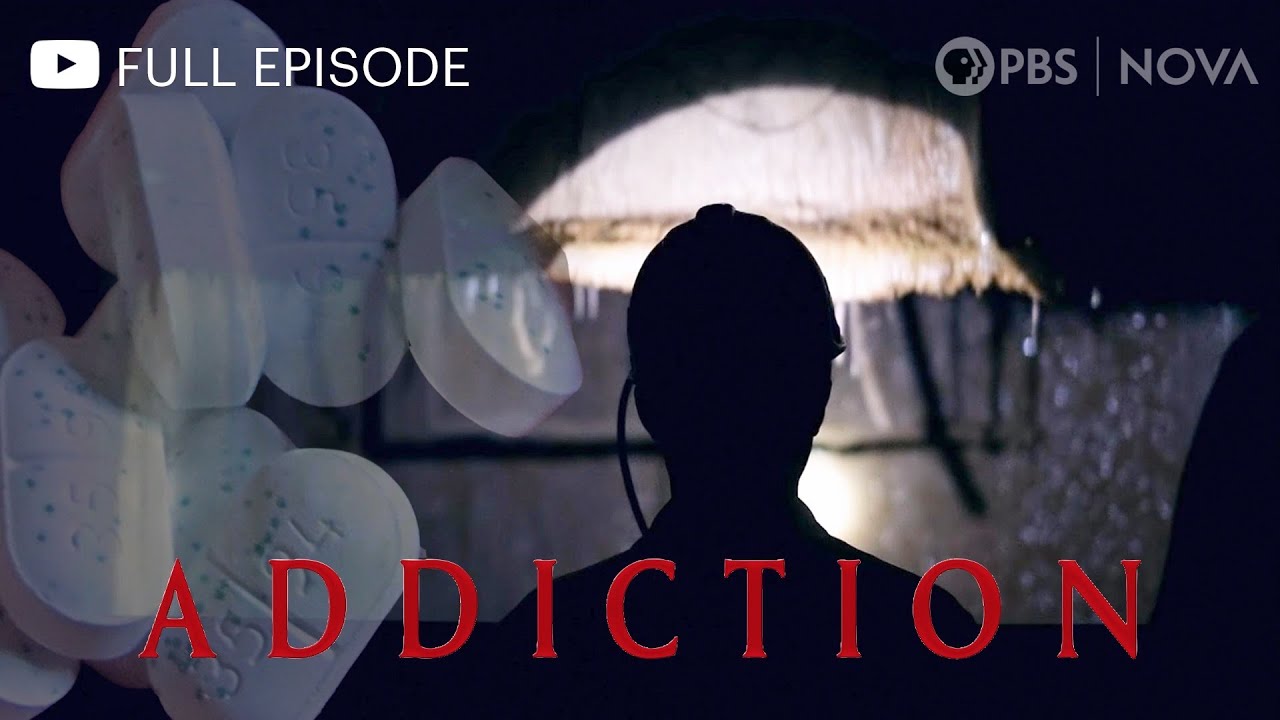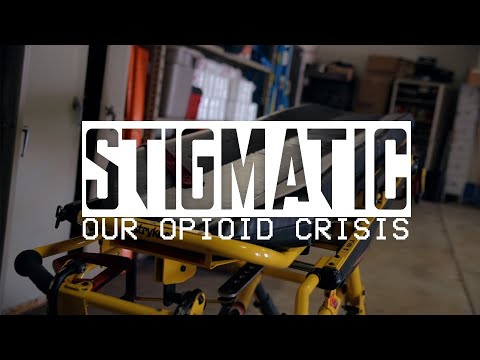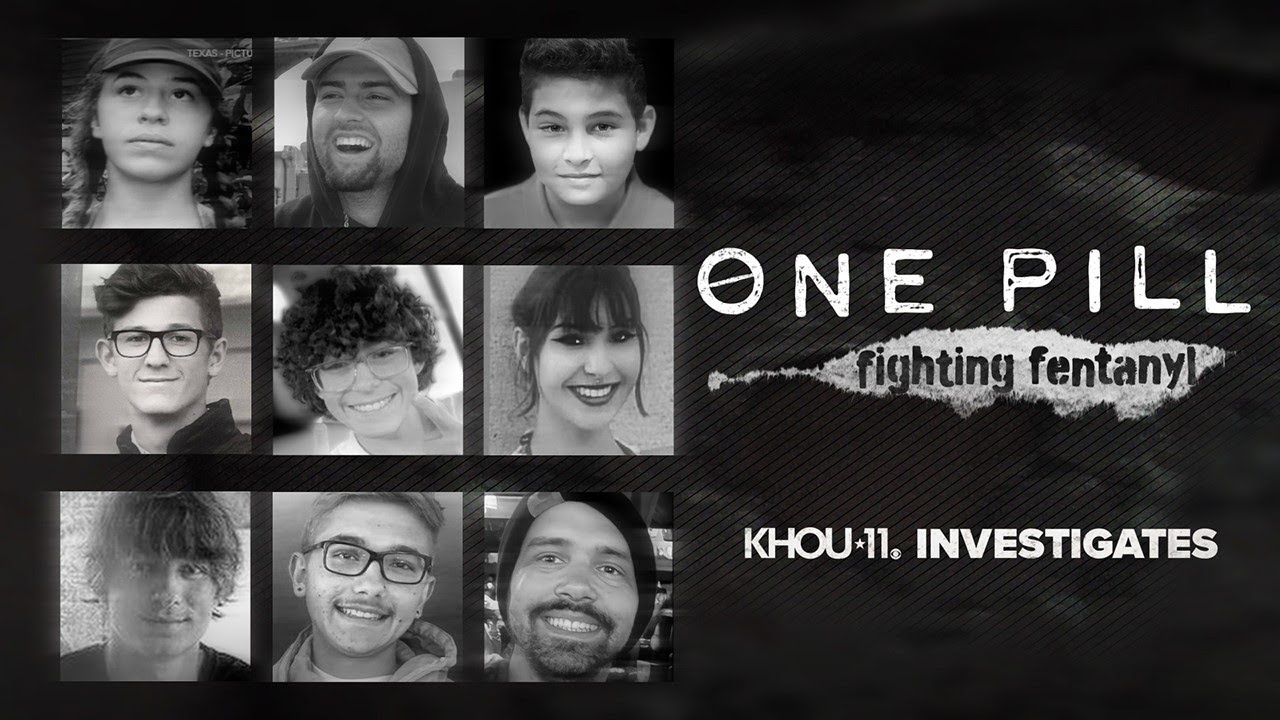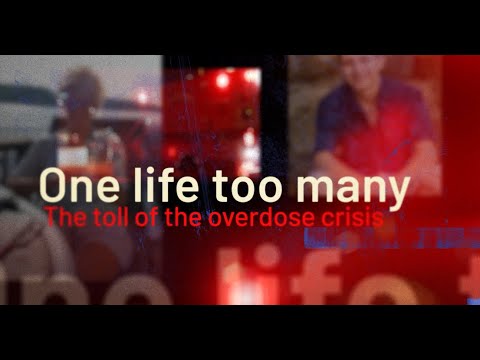Introduction
“Fentanyl is the defining drug of the overdose epidemic in St. Louis. It has no taste or smell, even a handful of it could kill thousands of people. It reaches into every corner of society, suburbs and cities, rich and poor, black and white. Many who become addicted have no idea they’re even taking it and it’s caused drug addiction in the region to spiral out of control. More than 70% of overdose deaths in the St. Louis area now involve fentanyl. We spent months looking into the local crisis. This story is told by recovering addicts, those fighting for change, and those left behind.”
KMOV St. Louis also posted a follow-up video ‘One Life Too Many: The Toll of The Overdose Crisis‘
Quotes
“Every 7 minutes and 22 seconds someone dies of a fentanyl overdose in the U.S. That means someone died since you started watching this video.”
“Addiction is so much more difficult to treat than say infections or other conditions. This is one disorder that throws patients into a survival mode and [being in a] survival [mode] is the worst thing that can happen to a human being. I describe that as a form of internal homelessness, they’re not literally on the street but the disorder has made them do things that only a person in a survival mode would do.”
“The biggest challenge we have in treatment is they do well for a period of time, they may go to a residential program, they may be in jail or prison. When they come out back to the natural environment, nothing has changed and the relapse rates are just unacceptably high.”
“Fentanyl is an important hospital drug and it’s used by people in everything from childbirth to colonoscopies and so it has a really legitimate use. The illicit fentanyl, the kind that’s killing people, almost all of it comes from China. Fentanyl is made in China for the same reason as many other things are made in China – very cheaply.” Read More in Fentanyl, INC: How Rogue Chemists Are Creating the Deadliest Wave of the Opioid Epidemic
“The drug companies did their marketing and pushing and selling of opioids that were never typically used in outpatient settings. However, [we] physicians also did not do our homework as a profession and we fell for it. Our job was to write out the Percocet, or the oxycodone, or the hydrocodone for you – 1 to 2 tabs every 4 to 6 hours with two refills – and that was common practice.”
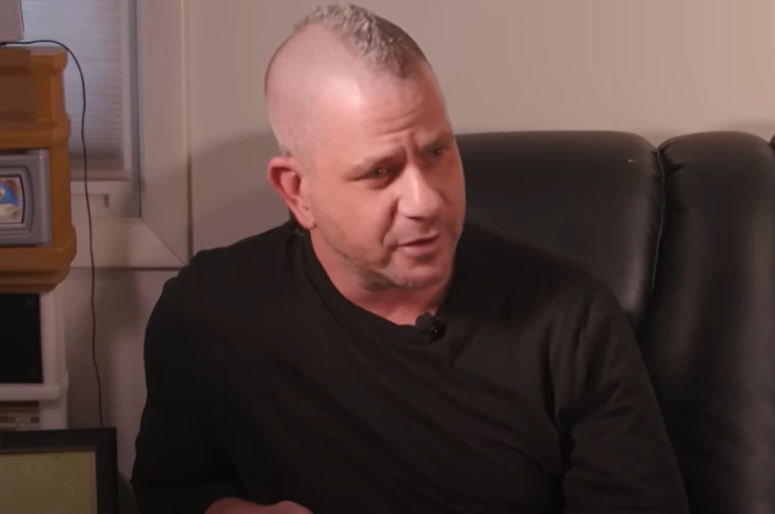
“The drugs are not the problem for an individual, they’re the current solution to different problems – trauma, adverse childhood experiences, non-medicated non-treated mental health disorders, lots of things go into why somebody has problematic use and rarely is it ever that they just like getting high.”
CHAD SABORA, MO NETWORK
“Fentanyl is 50x stronger than heroin and 100x stronger than morphine. Despite how much stronger it is, addicts have to use more to avoid withdrawals.”
“Unfortunately, I don’t really think there’s a way to stop fentanyl from getting into the country. Even if you get China to really crack down on this, the trade is going to move somewhere else. It’s kind of like a game of whack-a-mole, every time you try to stop it, it just pops its head up somewhere else. All we can really do is try to help people understand what fentanyl is, try to convince them to stay away from it, and try to improve the treatment options for people who do become addicted to it.”
“Worldwide these programs are accepted – they’re evidence-based and they’re successful. When we come here [the U.S.] people want to plug morality into what we know as science and what we know as best practices to save lives.
“Fentanyl and drug overdose deaths are getting to be even worse than COVID deaths and yet we don’t have that same state of emergency, we don’t have that same sort of outlay of funds and resources, and I think we really need that. We do have to treat this as a medical problem and we do have the right medicine.
“There are three FDA approved medications: Buprenorphine, Methadone, and Naltrexone.”
“If somebody is overdosing on any opioid, Naloxone will displace some of those opioids because it has a stronger magnetic effect to the receptors in the brain than all opioids. So it will kick out some that are there, allow the person to resume to normal breathing, which in turn basically is what reverses the overdose and the individual wakes up.”
“The local black community has been affected especially hard by the overdose epidemic … black men specifically are 3x as likely as any other demographic to die of an opioid overdose in Missouri.”
Watch Now!
Continue Learning
Hey there! I hope you found this resource useful! If you’re interested in learning more about the topics discussed, you can browse through these additional resources. Please don’t hesitate to contact me if you need anything.
Fentanyl
- Detecting Fentanyl. Saving Lives.
- Fentanyl: America’s Grim New Opioid Addiction
- Fentanyl: One Pill Kills
- Fentanyl Accounts for A Majority of Fatal Overdoses. But ERs Aren’t Testing For It
- Fentanyl Facts (CDC)
- Fentanyl Plus Stimulants Drives ‘Fourth Wave’ of Overdose Epidemic in The U.S.
- How The Fentanyl Crisis’ Fourth Wave Has Hit Every Corner of the US
- Inside a Free Fentanyl and Heroin Clinic
- Responding to a Fentanyl Overdose: What California First Responders Need to Know
- Straight Talk: Street Fentanyl [PDF]
- The Impact of The Deadly Fentanyl ‘Plague’ On One American City
Harm Reduction
- Do Supervised Consumption Sites Increase Crime? ‘The Answer To That Is A Flat No’
- Does Evidence Support Supervised Injection Sites?
- Fact Check: Dispelling Myths About Supervised Consumption Sites
- Harm Reduction: A B.C. Community Guide [PDF]
- Harm Reduction for Opioids: A Canadian Perspective
- Harm Reduction Practices in Communities
- How to Use Naloxone
- Indigenous Harm Reduction
- National Harm Reduction Coalition – Harm Reduction Truth
- Why Safe Injection Sites Are Considered More Effective Than Needle Exchange Programs
Opioid Crisis
- California’s Opioid Crisis
- Facts About Naltrexone [PDF]
- Fentanyl: America’s Grim New Opioid Addiction
- How America Got Hooked
- How Do Opiates Affect the Nervous System?
- How Drugs Hijack Your Brain’s Mu Opioid Receptors
- Opioid Addiction (CAMH)
- Opioid Overdose (WHO)
- Opioids & the Body: The Science Of An Overdose
- The Impact of the Deadly Fentanyl ‘Plague’ on One American City
- The Opioid Crisis in Canada: A National Perspective
- Understanding the Opioid Overdose Epidemic
- What Led to the Opioid Crisis – and How to Fix It
Opioid Substitution Treatment
- 2-Minute Neuroscience: Methadone
- Buprenorphine: Quick Start Guide [PDF]
- Buprenorphine for Chronic Pain: A Safer Alternative to Traditional Opioids
- How Are Methadone and Suboxone Different?
- How Do You Decide Between Methadone and Suboxone?
- How Opioid Treatment Medications Work on Your Brain
- Medication for Opioid Use Disorder
- Methadone Maintenance Therapy Versus No Opioid Replacement Therapy for Opioid Dependence
- Mothers & Methadone
- Opioid Agonist Therapy
- Opioid Substitution Therapy—Time to Replace The Term
- Part 1: Introducing Opioid Substitution Treatment (UK)
- What is Methadone? Methadone vs Suboxone for Treating Opioid Addiction
- What Is Opioid Pharmacotherapy?
Share Your Opinion
If you have finished reviewing this resource and have some spare time, I would greatly appreciate it if you could provide your opinion. Was it useful and informative? Did you run into any problems or find something distasteful? I’m thankful for any constructive and helpful feedback to help me improve.
* Your review will be for this specific post and as a result will affect the star rating of the resource. All submissions are reviewed for approval to filter out spam and inappropriate comments. Your email is requested as I may want to follow-up with you. Please also be aware that your review may be placed publicly on this website for others to read.
There are no reviews yet. Be the first one to write one.
